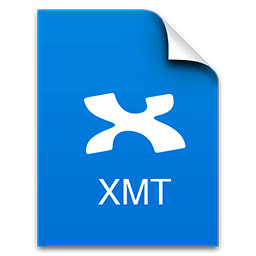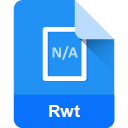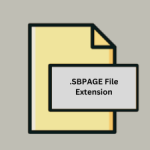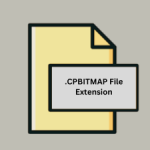.XMT File Extension

XMind Template
| Developer | XMind |
| Popularity | |
| Category | Page Layout Files |
| Format | .XMT |
| Cross Platform | Update Soon |
What is an XMT file?
Files with the .XMT extension are XMind Templates used by XMind, a popular mind mapping and brainstorming tool.
These templates serve as starting points for creating new mind maps, providing predefined structures and layouts that users can customize according to their needs.
More Information.
The .XMT file format was designed to streamline the mind mapping process by offering ready-made templates.
These templates range from simple outlines to complex organizational charts, catering to various brainstorming and planning scenarios.
Since its inception, XMind has continuously evolved, integrating user feedback to enhance template functionality and usability.
Origin Of This File.
XMind, developed by XMind Ltd., introduced .XMT files to facilitate the creation of structured mind maps quickly and efficiently.
The software’s flexibility and robust features have made it a preferred choice among professionals, educators, and students for organizing thoughts, ideas, and information visually.
File Structure Technical Specification.
.XMT files are essentially XML-based documents structured to define the layout, style, and content placeholders of a mind map template.
The XML structure includes elements that specify node hierarchies, connections between nodes, styling attributes such as colors and fonts, and metadata related to the template’s usage instructions within XMind.
Technical specifications of .XMT files typically include:
- XML Format: The file content is encoded in XML (eXtensible Markup Language), ensuring compatibility and easy parsing by XMind and other XML-capable applications.
- Template Definition: Defines the arrangement and appearance of nodes, branches, and other graphical elements within the mind map.
- Styling Attributes: Specifies visual properties such as colors, fonts, line styles, and icons used throughout the template.
- Metadata: Includes information like template name, author, description, and version to manage and categorize templates within XMind’s template library.
How to Convert the File?
Converting .XMT files to other formats are generally not supported out-of-the-box due to their specific use within XMind. Users can manually recreate the template structure in other mind-mapping software if needed.
Alternatively, exporting the content of a mind map created using a .XMT template into standard formats like PDF or image files is possible through XMind’s export functionality.
Advantages And Disadvantages.
Advantages:
- Efficiency: Saves time by providing pre-designed structures suitable for different types of mind maps.
- Consistency: Ensures uniformity in mind map layouts and styles across projects and users.
- Customizability: Allows users to modify templates to better fit specific content and visual preferences.
- Accessibility: Facilitates collaboration by standardizing the format for sharing and exchanging mind map templates.
Disadvantages:
- Limitation in Creativity: May constrain users who prefer starting from a blank canvas or highly customized layouts.
- Dependency on Software: Templates are primarily usable within XMind, limiting their versatility across other mind mapping platforms.
How to Open XMT?
Open In Windows
- Download and install XMind from the official website.
- Double-click the .XMT file to open it directly in XMind.
Open In Linux
- Install XMind for Linux using the appropriate package manager or download it from the XMind website.
- Open XMind and import the .XMT file through the File > Import menu.
Open In MAC
- Install XMind from the Mac App Store or the XMind website.
- Launch XMind and use the File > Open menu to select and open the .XMT file.













